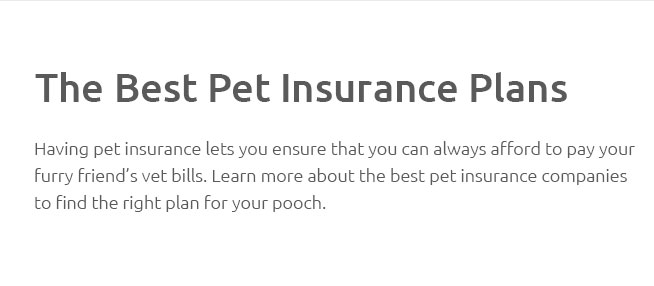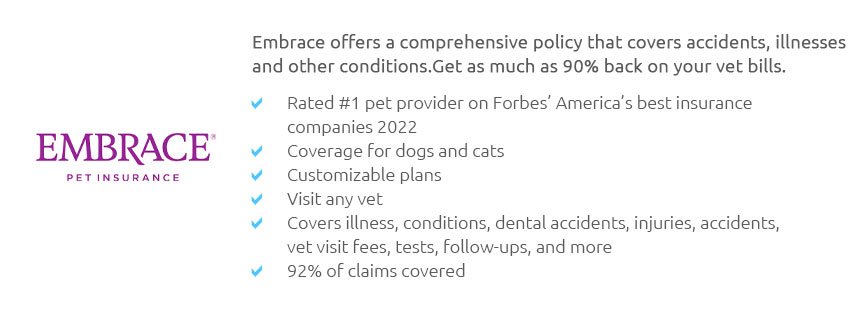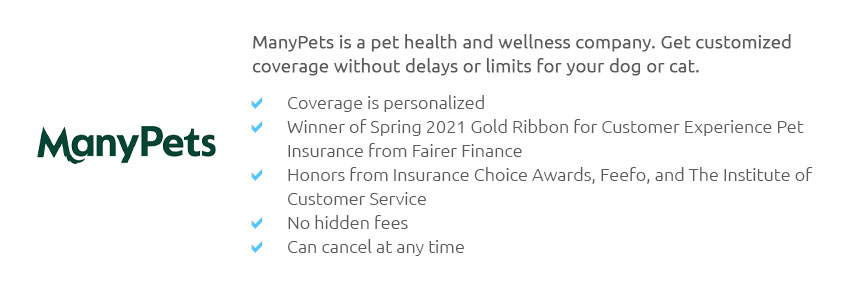 |
 |
 |
 |
 |
 |
|
 |
|
 |
|
 |
|
 |
|
 |
 |
 |
 |
 |
 |
 |
 |
Understanding Dog Pet Insurance Ratings: Navigating Common MistakesIn today's world, where the well-being of our furry companions is paramount, selecting the right dog pet insurance can be as crucial as choosing the best veterinarian. The concept of pet insurance has grown considerably in popularity, driven by the increased awareness of potential veterinary costs and the desire to ensure our dogs receive the best possible care. However, understanding dog pet insurance ratings and what they signify is essential to make an informed decision. This article aims to shed light on this process, highlighting common mistakes to avoid while providing insights into the factors influencing these ratings. Firstly, let's delve into the significance of dog pet insurance ratings. These ratings serve as a guide to help pet owners compare different insurance providers based on a variety of factors, such as coverage options, customer satisfaction, claim processing times, and overall value for money. However, not all ratings are created equal, and understanding the nuances behind them can prevent you from making costly errors. One common mistake is relying solely on the overall rating without considering individual categories. For instance, a company might have an excellent overall rating but might fall short in specific areas like customer service or claim processing, which are crucial when you need assistance. Another pitfall to avoid is overlooking the fine print of insurance policies. Many pet owners make the error of assuming all policies are similar, only to find out later that certain conditions or treatments are excluded from coverage. It's vital to carefully review what is included and excluded in the policy. Pay attention to details like waiting periods, which can vary significantly between insurers. Waiting periods are the duration you must wait before coverage kicks in, and understanding these can save you from unexpected expenses during this time. Moreover, it's important to consider the reputation of the insurance provider. While a company might offer competitive rates, their history of customer service and claim settlement can impact your experience. Researching customer reviews and testimonials can provide valuable insights into the reliability of an insurer. It is often said that the true test of an insurance company is how they handle claims, and this is where reputation becomes pivotal. One subtle opinion that emerges from examining dog pet insurance ratings is the importance of customization. Every dog is unique, with varying health needs based on breed, age, and lifestyle. Therefore, the ability to customize a policy to suit your dog's specific requirements can be a game-changer. Companies that offer flexible options and allow you to tailor your coverage are often rated higher for meeting individual needs. Lastly, don't forget to factor in the long-term costs. While lower premiums might seem attractive initially, they might not cover enough in the event of a serious health issue. A higher premium plan with comprehensive coverage can ultimately be more economical, saving you from significant out-of-pocket expenses in the long run.
FAQsWhat should I look for in dog pet insurance ratings? Look for coverage options, customer satisfaction, claim processing efficiency, and value for money. These factors collectively determine the reliability of an insurance provider. Why are waiting periods important in pet insurance? Waiting periods are crucial as they define the time before coverage begins. Understanding them helps avoid unexpected costs during this initial phase. How does customization affect insurance ratings? Customization allows you to tailor a policy to your dog's specific needs, often leading to higher ratings as it indicates the insurer's flexibility and customer-centric approach. Is a higher premium always better for pet insurance? Not necessarily, but higher premiums often cover more conditions and have fewer exclusions, which can save money in the long run by minimizing out-of-pocket expenses. https://www.consumerreports.org/money/pet-insurance/buying-guide/
... dogs can get diabetes) or curable problems like a broken bone. Insurers may ask to review your pet's medical records before enrollment. Or ... https://www.petsbest.com/
Pets Best offers pet insurance plans for dogs and cats covering up to 90% of your unexpected veterinary costs with no annual or lifetime payout limits and ... https://www.usnews.com/insurance/pet-insurance/spot
Spot offers an accident-and-illness plan, an accident-only plan, and two levels of optional wellness coverage. - Spot's sample monthly rate is $49.33 for a dog ...
|